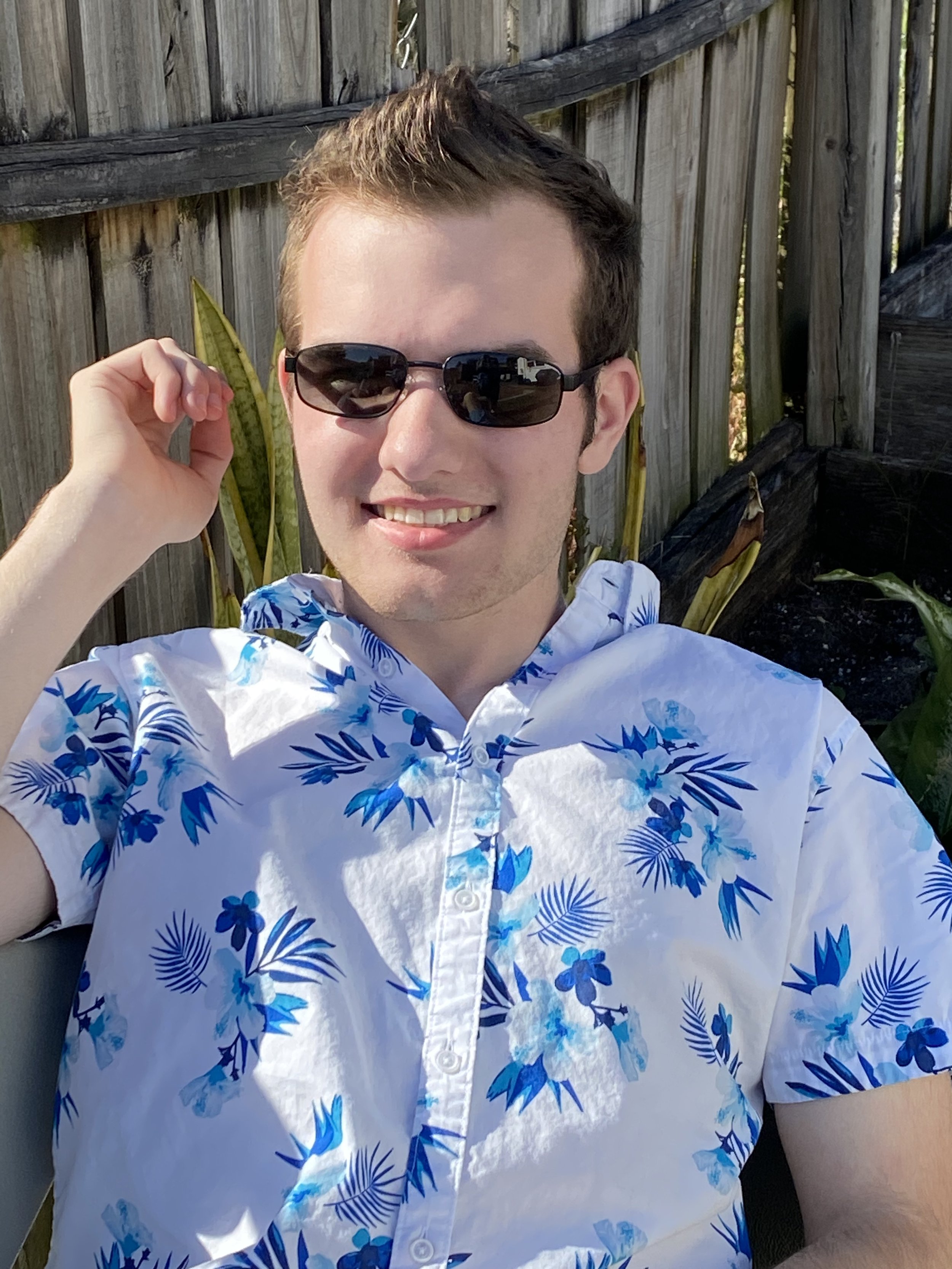
Art on the autism spectrum…
Will's kind of autism is different than what most people think of when they hear autism. He has a complete understanding of social skills, a great sense of humor, and tremendous empathy. Non-speaking autism is often misunderstood, because without spoken or written communication, the rest of us have to rely on their actions and behavior to get clues as to what is going on. So, when an individual with autism regularly does odd things, doesn’t respond when spoken to, and doesn’t follow simple directions, it is natural to assume they don't really understand. Unfortunately, this has led to a general misconception that non-speakers have lower intelligence and are given the label, low functioning. You might have noticed that I use the term non-speaking in lieu of nonverbal; this is intentional as nonverbal is associated with a lack of language. People with Will’s kind of autism, have an inability to produce speech which is very different than a lack of language understanding. Non-speaking does not equal non-thinking.
As Will and many other non-speakers who have found communication have explained, they completely understand what is being asked of them, but are trapped inside of a body that doesn’t always cooperate with them. Even though the brain sends a signal to the body for movement, for some reason the signal doesn’t get relayed properly. An example of this would be, an individual is asked to kick a ball - they understand the request and their brain sends signals to their feet and legs to move - but the signal is faulty. Possible outcomes are that the individual doesn’t move, moves their arms instead, or just walks away. Likely, the request to kick the ball would be repeated until an assumption is made that there is a lack of understanding. The problem is not in the understanding, but in the difficulty with motor movements, and this is why autism is labeled a neurological disorder. This difficulty with motor movement and planning is called Apraxia. Apraxia can affect the ability to move the mouth to produce speech and also fine and gross motor movements in all areas of the body. The tricky part is that these individuals don’t typically have an impaired ability to move, but just in the motor planning. Not being able to kick the ball isn’t due to a gross motor deficiency, so this can be a very confusing concept to understand.
Individuals with autism and Apraxia can retrain their bodies to function better, but it takes a ton of hard work and a lot of time. Progress can be made with the right therapies, and one of the most life-changing for Will was RPM or Rapid Prompting Method. RPM is one of the newer therapies and not well understood, but Will is living proof of how well it works. Where other therapies had failed, and we tried EVERYTHING, RPM helped Will to develop full communication by learning to spell his thoughts and better control his motor movements. Will began RPM at 9 years of age and worked with an RPM clinic for 8 years full time. However, at 17 Will’s goal was to get a real high school diploma, so we moved to Tampa, Florida so he could attend a school that specializes in teaching students who spell for communication. His school utilized 3 different spelling methodologies: RPM, S2C, and Spellers Method. Will is now a Senior and has plans for education in art beyond high school!
Will's art skill progressed the same way as people with Apraxia develop any other motor skill - it took very hard work over a very long time. It has taken him over a decade to be able to do what he can today. He has worked so incredibly hard, and I am so very proud of him! However, drawing art from a concept in his mind is a long-term goal, so right now he paints from drawings. Honestly, drawing and painting from a concept in one’s mind is a very difficult thing for most everyone. So, Will and I work together to collect the design ideas, and he paints the art for his greeting cards. Autism and Apraxia haven’t stopped Will from chasing his dreams, because "With a Will, there is a way!"
RPM (Rapid Prompting Method,) S2C (Spelling 2 Communicate,) and Spellers Method are very similar methodologies for teaching the motor skills of pointing to letters to facilitate communication.
For more information, please visit:
https://halo-soma.org (RPM)
https://i-asc.org (S2C)
https://spellers.com (Spellers Method)